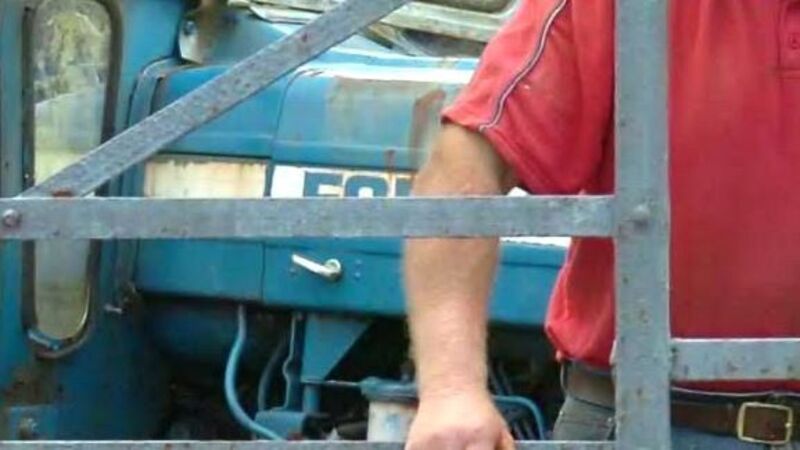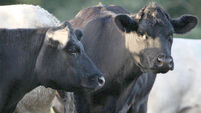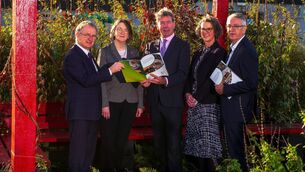The vital role of farm grants

Just how significant a decision it was is highlighted by Teagasc research, which reveals that government grants are the single most important determinant of farm investment in Ireland.
In other words, just as the Food Harvest 2020 report sets ambitious targets to grow the agricultural sector, requiring significant farm investment, the main incentive to invest has been removed.
As if that wasn’t bad enough, Teagasc findings also show that since 2008, farmers with high outstanding debts are less likely to invest, most probably because of no access to credit.
Teagasc researchers warned: “The results of this research suggest that the ongoing financial and banking sector crisis will act as a major obstacle to securing external capital for investment and providing farmers with the credit and support lines needed to grow and develop their businesses. Our research indicates that for the first time since the beginning of the Celtic Tiger era, circa 1995, Irish farmers are credit constrained, and may have to use their own funds to undertake capital improvements to buildings, purchase new machinery and make land improvements.
“This will inhibit the ability of the sector to make profitable investments in the future.
“The results of the analysis show that government grants have proved hugely successful in encouraging farm investment in the past.
“However, it remains to be seen whether there is sufficient political will and/or resources available to institute another funding scheme for farm investment in the near future.”
The researchers concluded there is a very challenging investment climate for farms, going forward.
The findings, drawn from the Teagasc National Farm Survey, are important for the government, farmers, and the industries that supply farming.
They sum up the readiness of farmers to respond to incentives to invest.
Excluding land purchase, between 1996 and 2005, the survey indicated spending of about €550 million per year on items such as machinery, buildings, quotas and land improvements.
Investment by farmers accelerated in the 2006 to 2008 period, with investment in buildings passing out machinery. Estimated spending shot up from €585m in 2005 to €1,290m in 2007. Researchers said this was largely driven by cross-compliance obligations in the EU’s Nitrates Directive, and the Farm Waste Management Scheme of up to 70% grant aid, introduced by the Department of Agriculture. However, by 2009, investment on farm had slumped back to about €555m per year.
Now that the grants are gone, how much are farmers likely to invest in their farms?
Those who expect the increases in farm income compared to 2009 to stimulate investment may be disappointed. Teagasc researchers found that investment does not follow the profitability trend.
Outside of grant aid, access to credit seems to be the No 2 factor. This is especially the case for indebted farmers. Researchers found there was no significant relationship between outstanding borrowings and investment in the heady days of the Celtic Tiger. However, since 2008, farmers with higher outstanding debts have been less likely to invest.
Against this background, the suspension last June of the targeted agricultural modernisation schemes had a major impact.
When severe ongoing financial constraints on government finances makes it necessary to suspend schemes, there have to be losers.
However, as the Government now deliberates on what further expenditure cuts will be needed, it has valuable new Teagasc findings to help it evaluate the effects of its decisions in the farming area.













